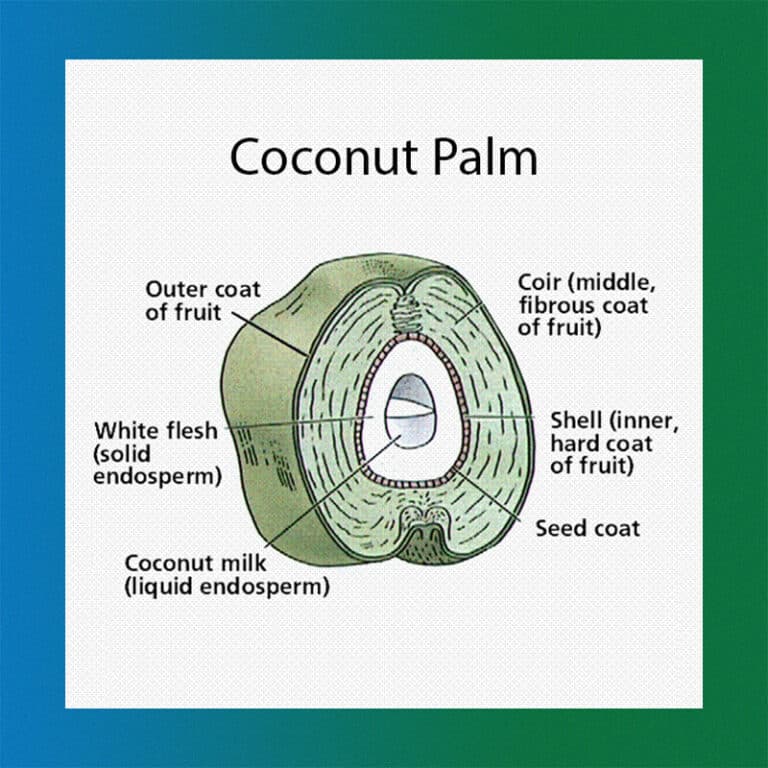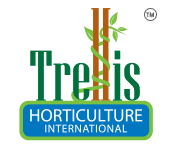
Coco Peat and Ornamental Growing
Let’s begin with a fascinating fruit that wears many hats – the Coconut! Often called the “Golden Fruit,” the coconut earns this title thanks to its zero-waste potential. Every part of it serves a purpose, making it a true champion of sustainability.
Just take a look at a coconut – each layer has its own unique role. From the tough outer husk to the nutrient-rich water inside, coconuts are as versatile as they are valuable. Widely used across industries – from food and cosmetics to furniture and farming – the coconut is a powerhouse of utility. In tropical regions, the white inner flesh (copra) is a staple in diets, while the clear liquid inside (often confused with coconut milk, but technically coconut water) is a refreshing and hydrating drink.
Now, let’s zoom in on one particular part: the outer husk. This is the fibrous, coarse layer that surrounds the shell. When separated from the nut, this husk is used in Indian kitchens as fuel and in various industries for coir production. The elastic fibers extracted from the husk – called coir – are used to make ropes, doormats, brushes, and mattresses. Pretty handy, right?
But there’s more. After extracting the coir, what remains is a soft, soil-like substance called coco peat block – a game-changer in horticulture.



